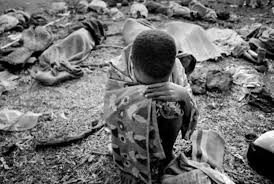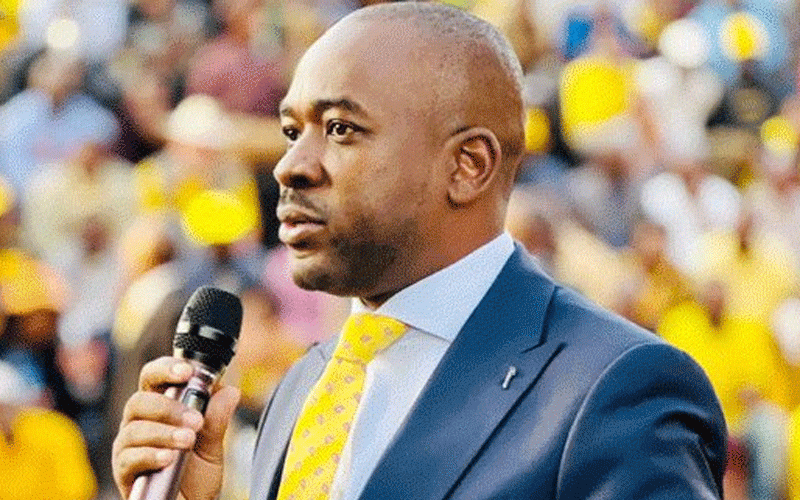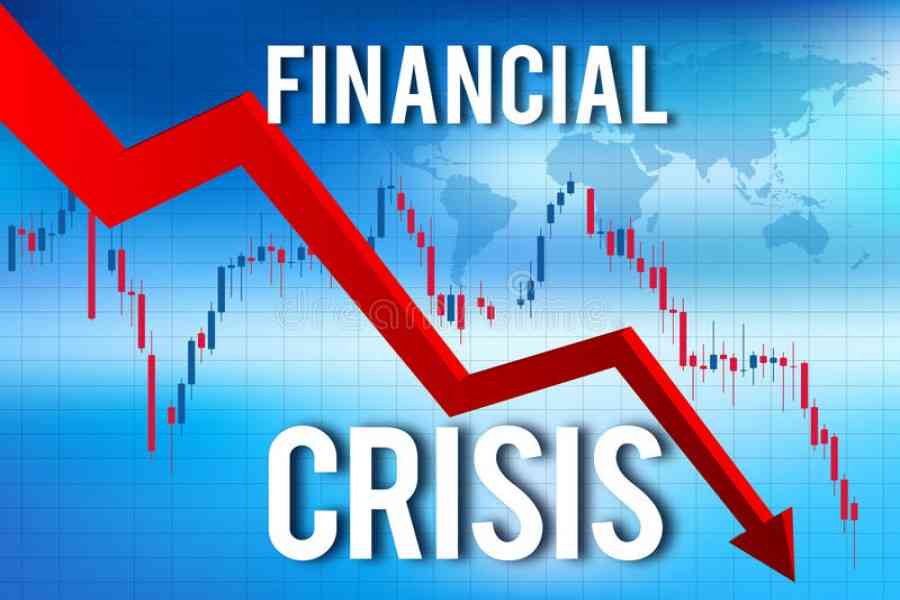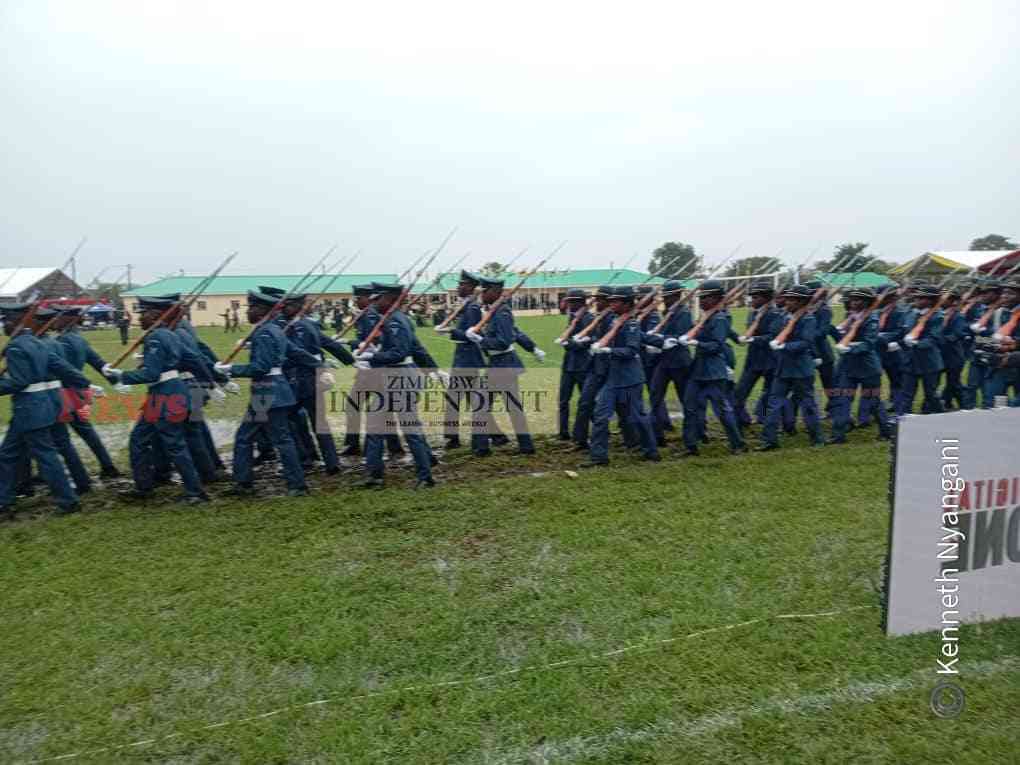
“The one international language the world understands” wrote Eglantyne Jebb, founder of Save the Children, “is the cry of a child,” and the evidence is accumulating that children are not only the innocent victims of conflict whose pleas need to be heard, but also the most vulnerable victims of climate change.
The climate crisis is an education crisis.
Right here, right now, climate change is robbing millions of children and adolescents of their right to learn, their right to play and their right to feel safe and secure.
In Pakistan deadly floods destroyed or damaged over 26,000 schools last year.
This exposed over 600,000 adolescent girls to higher risks of school dropout, gender-based violence, and child marriage.
In Ethiopia, girls like Mellion are going hungry and risk dropping out of school forever as a result of the ongoing drought.
While the climate crisis threatens the rights of every person on the planet, those who are enduring the brunt of its impact are the most vulnerable girls and boys already living in protracted crises settings due to armed conflicts, forced displacement and other crises.
For them and their communities, climate change is already a daunting reality that can mean the difference between life and death, between war and peace, between the chance to learn or not.
- Matobo youths get training in WASH
- Operational challenges at Mupedzanhamo continue to negatively impact livelihoods
- Regulate churches, ZGC urges govt
- Women vital for building climate resilience
Keep Reading
Today, there are more than 224 million crisis-impacted children worldwide who urgently need education support.
New analysis by Education Cannot Wait (ECW), the global fund for education in emergencies and protracted crises, hosted by Unicef, has found that 62 million of these children have been impacted by climate hazards such as droughts, floods, cyclones and other extreme weather events since 2020.
That’s close to the total populations of several G7 nations such as the United Kingdom, France or Italy.
While these children have contributed least to the issue of climate change, they have the most to lose.
Furthermore, over the last ten years, 31 million school-aged children have been displaced by the climate crisis, with 13 million in the last three years alone.
The climate crisis poses a real and present threat to global security, economic prosperity and the very fabric of our societies.
Climate impacts could cost the world economy US$7.9 trillion by 2050, according to the World Bank, and could force up to 216 million people to move within their own countries by 2050.
Cyclones, typhoons, floods and droughts are increasing in severity and intensity.
The number of disasters driven, in part, by climate change has increased five-fold in the past 50 years.
Climate hazards are driving displacement directly, but also driving competition over scarce resources and threatening fragile peace in many parts of the world.
Over 70% of refugees and internally displaced people on the move due to conflict and violence originally came from climate change hotspots.
Taken together, these intersecting crises of climate change, displacement and conflict are having a profound effect on education opportunities for millions of children and adolescents around the world.
As we look toward this year’s cimate talks in Dubai (COP28) and the Global Refugee Forum in Geneva, we must connect the dots between climate action and education action.
It’s our investment in our people, our planet and our future.
To rise to this challenge, ECW is calling on donors, the private sector and other key partners to urgently mobilize US$150 million in additional resources.
This is an important contribution towards ECW’s overall resource mobilization target of US$1.5 billion toward the Fund’s 2023-2026 strategic plan.
We all know that education has a sound return on investment.
Long-term investments in human capital – including education, skills training and overall health and well-being – offer 10 times more return on investment than investments in physical capital.
By investing in education today, we are investing in economic and social prosperity tomorrow, we are investing in an end to displacement and hunger, we are investing in a better world and children’s futures.
The climate crisis threatens to end human civilization as we know it today. Now is our time to address this issue head on, and education plays a key role. By ensuring learning continuity for the most vulnerable children – and connecting quality education with climate action – we can equip an entire generation of climate stewards with the skills to adapt to the changing environment and pave the way to a better future.
In the eye of the storm, we are calling on new and existing donors to stand with us. We are appealing to you to act: right here, right now. Will you take up this challenge?
- *The Rt. Hon. Gordon Brown is the UN special envoy for global education and chair of the Education Cannot Wait High-Level Steering Group.
- Yasmine Sherif is the executive director of Education Cannot Wait, the global fund for education in emergencies and protracted crises.










